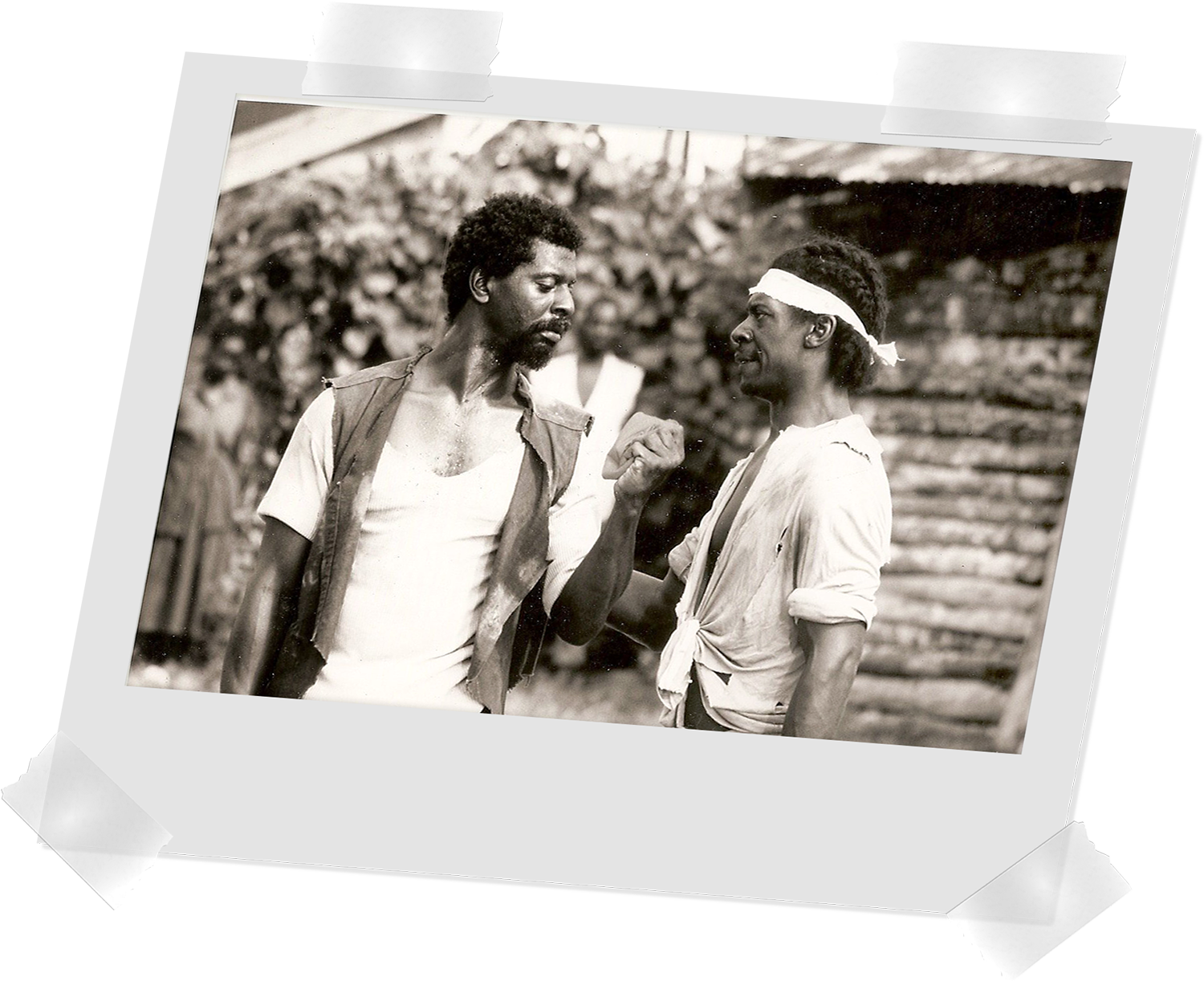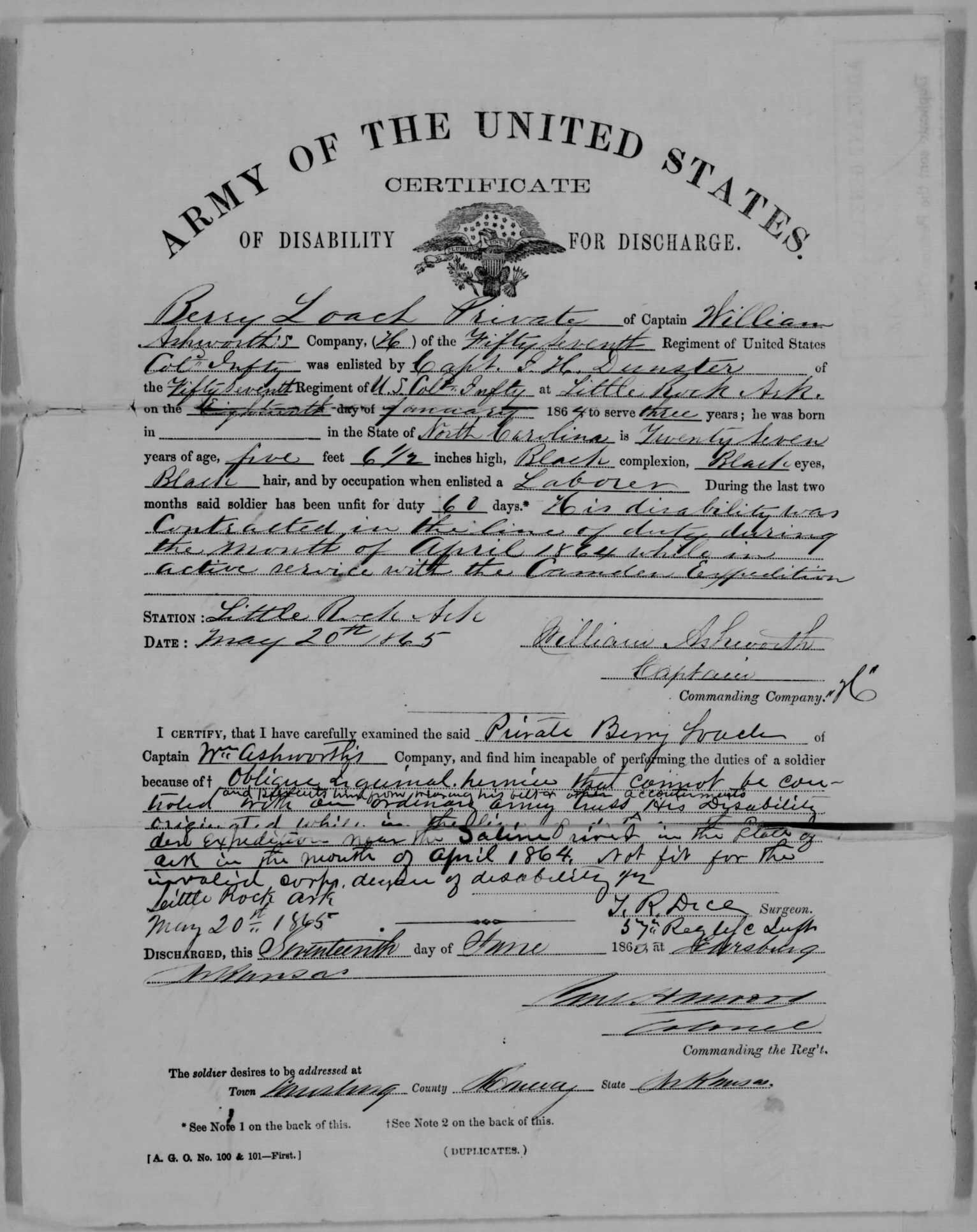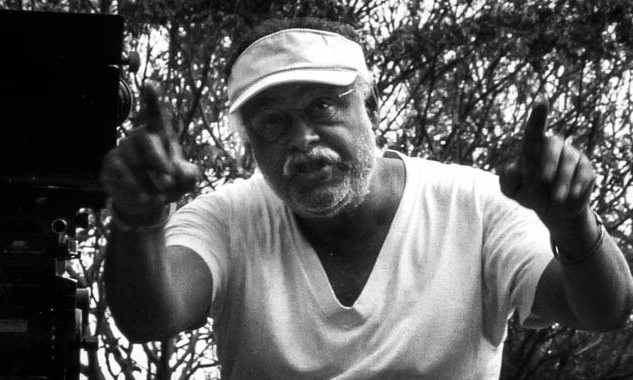Spirit of the dead, rise up,” the voice says, “and claim your story.”
Do You Want a Revolution?
Oppressed people, including enslaved Africans, have always practiced both confrontational and non-confrontational methods of resistance.
As Mr. Haile Gerima argues, “Black people from day one, resisted and that resistance is a threatening expression.” Why might it be threatening? Perhaps because it is a tangible indication that oppressed people no longer view themselves through the lens of the oppressor and they are poised to reclaim whatever it is they’ve lost.
Lesson three asks the question, ‘how will you make sure the wisdom learned from the past is a part of the present?’ After watching SANKOFA, learners will explore various methods of resistance to oppressive systems and discover tangible ways that they can save disappearing records and historical artifacts in their community.
Key theme
Resistance
Objectives
At the end of this lesson, participants will be able to:
- Understand the many different ways over time that Black Americans have resisted oppression
- Apply past examples of resistance to resisting continued oppression in our own world
Activity 1:
This Land is My Land,
This Land is Your Land
Activity 1:
This Land is My Land, This Land is Your Land
Activity 2:
Transcribing Documents
about Slavery and Freedom
Activity 2:
Transcribing Documents about Slavery and Freedom
Activity 3:
Resistance Through Art
Activity 3:
Resistance
Through Art
LESSON THREE
Resisting Enslavement
Since the beginning of the slave trade, people of African descent have engaged in resistance to the oppressive systems they were forced into. On the Middle Passage, countless captured people threw themselves overboard rather than live the trauma of enslavement a minute longer. Once in the Americas and other lands, enslaved people resisted by forming families even when enslavers forbade it, tried to keep work at a livable pace rather than comply with overseers’ attempts to speed production and ran away to escape violent retribution or enslavement altogether. Between 1820 and 1861, thousands escaped from slavery in the American South to northern states or Canada via the Underground Railroad.
In SANKOFA, free Black people who lived in ‘the hills’ and enslaved community members met together to discuss their future. Those who came from the hills were members of a Maroon community. Learn more in the next section of this learning companion.
LESSON THREE
Maroon Communities
In the earlier decades of slavery in North America, some enslaved Africans who ran away sought refuge with nearby Native Americans, or set up isolated colonies of runaways called maroon communities. A keen student of these communities, archeologist Dan Sayer, has dedicated himself to telling the story of maroon communities in North Carolina and Virginia, specifically the Great Dismal Swamp. “Rather than go to the Washington Mall and hold up a protest sign, I choose to dig in the Great Dismal Swamp. By bringing a resistance story to light, you hope it gets into people’s heads,” says Sayer.
Photo courtesy of SANKOFA

LESSON THREE
Rebellions and Revolts
Primary sources document several heroic cases of individual resistance. Frederick Douglass famously fought back against Edward Covey, a particularly ruthless slaveholder that he had been rented out to for the explicit purpose of making him more compliant. Rather than submit, Douglass resisted and beat Covey back. “This battle with Mr. Covey was the turning-point in my career as a slave. It rekindled the few expiring embers of freedom, and revived within me a sense of my own manhood. It recalled the departed self-confidence, and inspired me again with a determination to be free.”
Other acts of resistance were more coordinated and amounted to open revolt. Examples in the United States include the Stono Rebellion in South Carolina in 1739, Gabriel’s Revolt in Virginia in 1800, The 1811 Slave Revolt in Louisiana, Denmark Vesey’s planned uprising in South Carolina in 1822, Nat Turner’s Revolt in Virginia in 1831, the mutiny aboard the Amistad in 1839, the revolt aboard the Creole in 1841, the revolt in the Cherokee Nation in 1842 and the Harpers Ferry Raid in Virginia in 1859.
Revolts occurred in other countries as well. Major rebellions occurred in Brazil in 1822 and 1835, including the 1835 Muslim Slave Revolt in Bahia, Brazil. There were uprisings throughout the Caribbean, including in Jamaica, Barbados and frequently in Cuba. In his book on Tacky’s Revolt in Jamaica in 1760, historian Vincent Brown explains how revolt was an effective form of resistance: “With each successive discovery of new unrest, the slaveholders grew more fearful and bewildered. Suddenly the uprising seemed to be happening everywhere at once.”
The Haitian Revolution (1791-1804)succeeded in overthrowing slavery and French rule in the colony altogether, gaining independence and setting up a free Black republic. “Shortly after Haitian independence in 1804,” however, writes journalist Tarik Ata, “France demanded that the newly formed country pay the French government, French slaveholders and for French recognition of Haiti as a sovereign state, a total of 150 million francs; with France frequently threatening Haiti with its warships if Haiti did not cooperate.”
LESSON THREE
“Contraband” and USCT Soldiers
During the Civil War in the United States from 1861 to 1865, enslaved and formerly enslaved people in the South marched to Union lines to seize their freedom instead of waiting for the army to come to them.
At Fort Monroe in Virginia, nicknamed “Freedom’s Fortress,” the fort’s Union commander freed the fugitive freedom-seekers by slyly calling them “contraband” of war, “property” seized from the Confederate enemy.
Enslaved and free men and women guided Union troops through the backroads and creeks of Confederate territory and enlisted themselves in the U.S.C.T., United States Colored Troops, some eventually receiving pensions from the U.S. military for the duties they performed while serving.
As in other American wars before and after, Black Americans actively fought for their freedom.

LESSON THREE
“Contraband” and USCT Soldiers
During the Civil War in the United States from 1861 to 1865, enslaved and formerly enslaved people in the South marched to Union lines to seize their freedom instead of waiting for the army to come to them.
At Fort Monroe in Virginia, nicknamed “Freedom’s Fortress,” the fort’s Union commander freed the fugitive freedom-seekers by slyly calling them “contraband” of war, “property” seized from the Confederate enemy.
Enslaved and free men and women guided Union troops through the backroads and creeks of Confederate territory and enlisted themselves in the U.S.C.T., United States Colored Troops, some eventually receiving pensions from the U.S. military for the duties they performed while serving.
As in other American wars before and after, Black Americans actively fought for their freedom.


